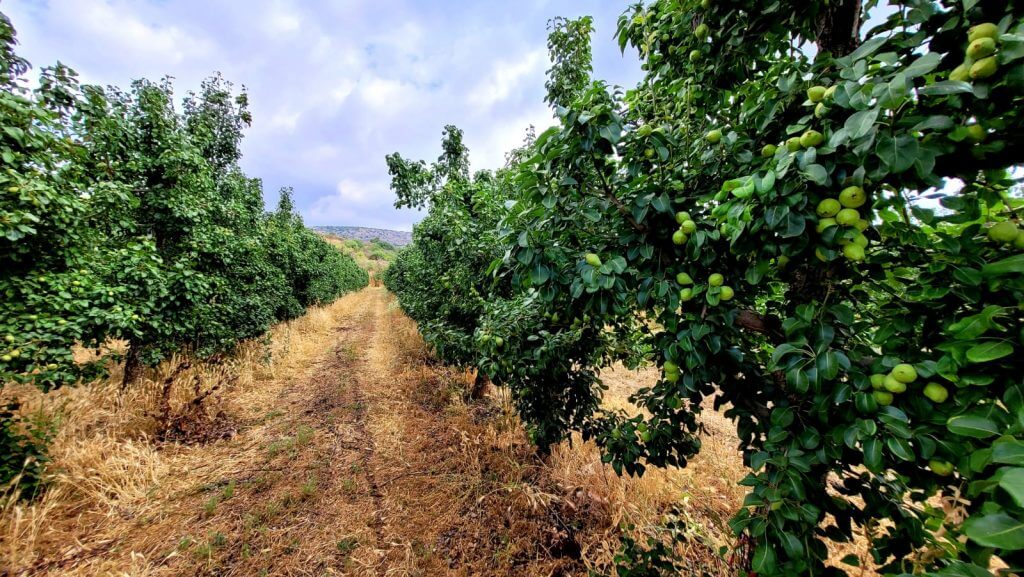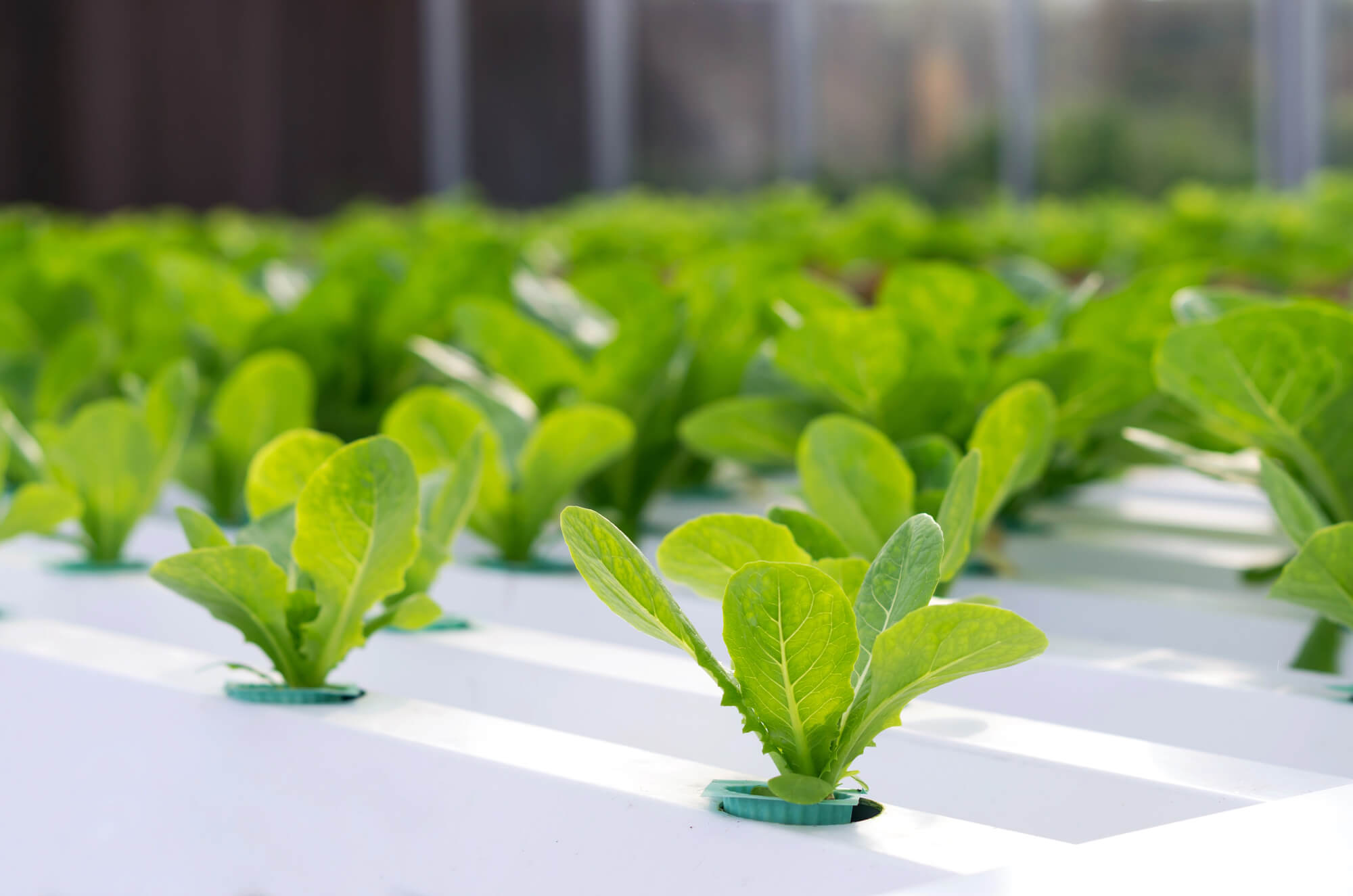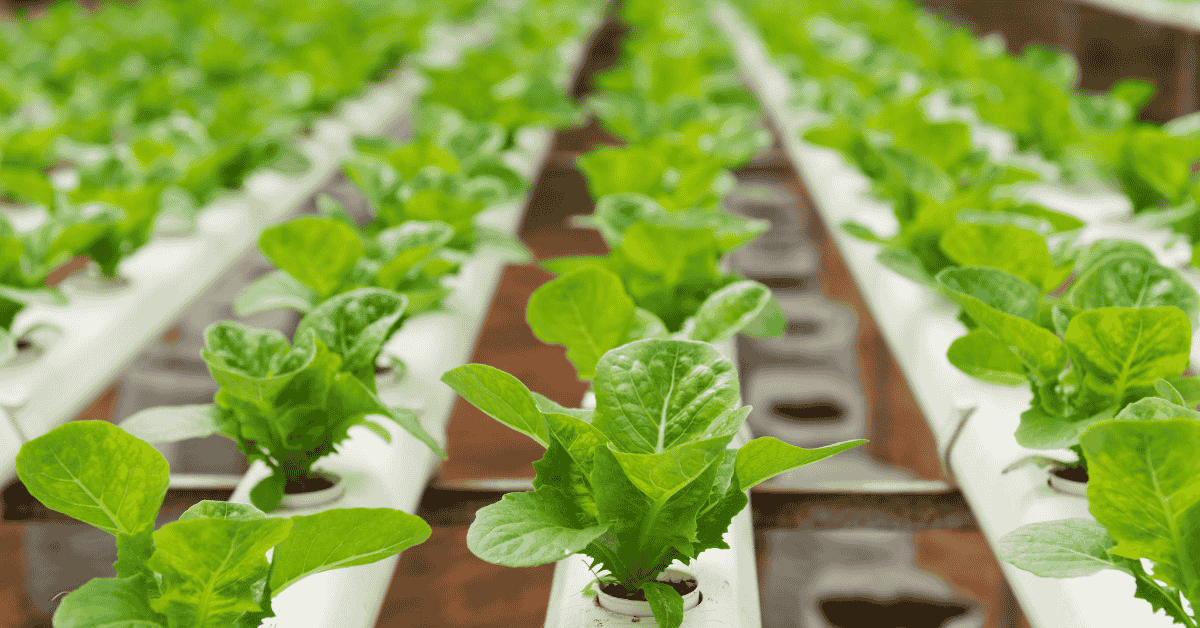Fertilizer is a liquid or solid mixture of several chemical elements. The different types of fertilizer have different properties that vary according to their type and the ambient temperature. In low temperatures there is a risk of crystallization of certain types of fertilizer that can obstruct the exit from the fertilization container and stop the fertilization process in the field.
When ordering fertilizer you must check that the ordered fertilizer is resistant to the ambient temperatures in that season.
Crystallized fertilizer can be diluted generally in a stream of water that raises the temperature and opens the blockage. In any case do not try to dissolve the crystallized fertilizer with any chemical substance in order to revent an undesirable reaction. During use, be sure to wear rubber gloves and goggles.
Liquid fertilizer storage
Liquid fertilizer must be stored in black polyethylene containers. Make sure that the container is sealed and that there is a container stopper (the cap). Once yearly replace the transparent dipstick in order to prevent leakage of the ertilizer because of cracking. In the winter season, because of the drop in temperatures, dissolve fertilizer remaining in the container with a ratio of 20%, and increase the fertilization dose accordingly.
Solid fertilizer storage
Solid fertilizer is supplied in 1 ton packages (big bag) and in 25 kg sacks. Keep the fertilizer in a dry shady place, preferably on pallets. Do not mix two types of fertilizer on the same pallet in order to avoid chemical reaction. Solid fertilizer tends to absorb humidity and thus to crystallize after being left in a warehouse for a long time. Therefore it should be used close to the supply time.

CONTENTS OF THE ELEMENTS IN THE FERTILIZER
The contents of the elements nitrogen (N), phosphorus (P) and potassium (K) in the fertilizer are expressed as a percentage of the weight in the following way:
N-P2O5-K2O; the nitrogen appears as a pure element whereas phosphorus and potassium appear as oxides.
For calculation of the pure phosphorus concentration in the fertilizer, multiply the P205 concentration by 0.437. For calculation of the pure potassium concentration in the fertilizer, multiply the K20 concentration by 0.83. For instance: for fertilizer with a 6-1-9 composition the amount of the pure elements is: Nitrogen- 6% | Phosphorus- 1×0.437=0.437% | Potassium- 9×0.83=7.47%
Chemical composition of the fertilizer
The raw materials contained by the fertilizer affect its chemical composition and its method of action.
The nitrogen can appear in the fertilizer in three different forms:
• Ammoniacal nitrogen: NH4 (ammonium) | basic sources: ammonium nitrate, ammonia and ammonium sulfate.
• Nitrate nitrogen: NO3 (nitrate) | basic sources: ammonium nitrate and potassium nitrate.
• Amide nitrogen: NH2 | source: urea.
The phosphorus appears in the fertilizer as phosphate: H2PO4, HPO4, PO4
Basic source: phosphoric acid (H3PO4)
The potassium appears in the fertilizer as K, basic sources: potassium chloride, potassium nitrate, monopotassium phosphate.
Density of the liquid fertilizer
Allows calculation of the fertilizer dose by volume. The amount of fertilizer is given by weight unit while the fertilizer is injected into the irrigation system by volume. Calculation: convert weight unit to volume unit by using the Density value.




